The workplace exposure standard (WES) for respirable coal dust has been reduced from 3 mg/m3 to 1.5 mg/m3.
Safe Work Australia recently published 5 animations to help employers and workers understand what airborne containments are, how they can impact health, and how to manage the exposure risks.
The animations cover:
Importers, manufacturers, suppliers and users of hazardous chemicals have specific duties under work health and safety (WHS) laws. These are regulated and enforced by WHS regulators. Some chemicals are regulated by other authorities.
Our animations on airborne contaminants are aimed at helping employers and workers understand what airborne contaminants are, how to identify them, and how to manage risks relating to them in the workplace.
Our animations on airborne contaminants are aimed at helping employers and workers understand what airborne contaminants are, how to identify them, and how to manage risks relating to them in the workplace.
Our animations on airborne contaminants are aimed at helping employers and workers understand what airborne contaminants are, how to identify them, and how to manage risks relating to them in the workplace.
Our animations on airborne contaminants are aimed at helping employers and workers understand what airborne contaminants are, how to identify them, and how to manage risks relating to them in the workplace.
Our animations on airborne contaminants are aimed at helping employers and workers understand what airborne contaminants are, how to identify them, and how to manage risks relating to them in the workplace.
From 17 November 2025, the workplace exposure standard (WES) for Aluminium (welding fumes) will be reduced from 5 mg/m³ to 1 mg/m³ (as an 8-hour time weighted average). This reduction brings the WES for aluminium welding fumes in line with the existing WES for welding fumes (not otherwise cl
The manufacture, supply, processing and installation of engineered stone benchtops, panels and slabs is banned in Australia.
Persons carrying out a business or undertaking (PCBUs), such as employers, have a primary duty of care for the health and safety of workers and others at the workplace.
This information sheet provides persons conducting a business or undertaking information on engaging an occupational hygienist.
As a person conducting a business or undertaking (PCBU) you must eliminate or minimise risks from airborne contaminants in the workplace so far as is reasonably practicable.
Safe Work Australia has released an online airborne contaminants hub to h
Your employer must protect you, and anyone else in the workplace, by eliminating or minimising risks in the workplace from airborne contaminants so far as is reasonably practicable.
Australia’s workplace exposure standards are changing. Find out about the changes and what you need to do here.
Work processes can release dusts, gases, fumes, vapours, or mists into the air. These are known as airborne contaminants, and they may pose a risk to health and safety. Not all airborne contaminants need to be seen or smelled to be present at harmful levels.
Work processes can release dusts, gases, fumes, vapours, or mists into the air.
Work processes can release dusts, gases, fumes, vapours, or mists into the air. These are known as airborne contaminants, and they may pose a risk to health and safety. Not all airborne contaminants can be seen or smelled to be present at harmful levels.
Safe Work Australia is consulting on the proposed workplace exposure limits (WEL) for 9 chemicals (benzene, chlorine, copper, formaldehyde, hydrogen cyanide, hydrogen sulphide, nitrogen dioxide respirable crystalline silica, titanium dioxide).
Safe Work Australia is seeking feedback on the impacts of proposed workplace exposure limits for 9 chemicals. The consultation aims to gather information on the economic, social and health impacts of the proposed exposure limit for each chemical.
Work health and safety (WHS) ministers have agreed to the new WEL list and a harmonised transition period ending on 30 November 2026. This change comes after extensive work and consultation to revise the Workplace exposure standards for airborne contaminants (WES).
This page provides resources and further information for persons conducting a business or undertaking (PCBUs) and workers on the workplace exposure standards (WES), workplace exposure limits (WEL) and the WES review.
From 1 December 2026 Australia will adopt the Workplace
Work Health and Safety Ministers have agreed to an immediate reduction to the workplace exposure standard (WES) for welding fumes (not otherwise classified) has been reduced from an 8-hour time weighted average (TWA) of 5 mg/m
The workplace exposure standard (WES) for welding fumes (not otherwise classified) has been reduced from 5 mg/m3 to 1 mg/m3.
Safe Work Australia is seeking to understand whether certain chemicals, which are non-threshold genotoxic carcinogens (NTGCs), are present in Australian workplaces, in what quantities and for what purpose.
Safe Work Australia is seeking to understand whether non-threshold genotoxic carcinogens (NTGCs) are present in Australian workplaces, in what quantities, and for what purpose.
Safe Work Australia is seeking stakeholder feedback on a proposed workplace exposure standard (WES) for the diesel particulate matter (DPM) component of diesel engine emissions (DEE).
Safe Work Australia is seeking feedback on a proposed workplace exposure standard for diesel particulate matter.
The workplace exposure standard (WES) for coal dust (containing less than five per cent quartz) (respirable dust) has been reduced from 3 mg/m3 to 1.5 mg/m3.
